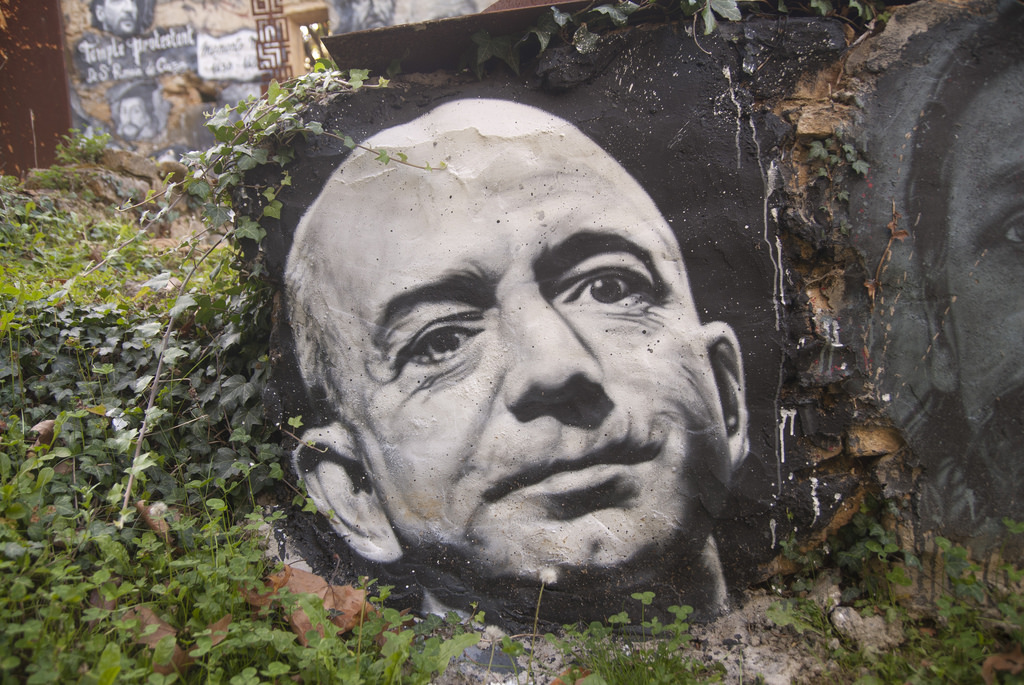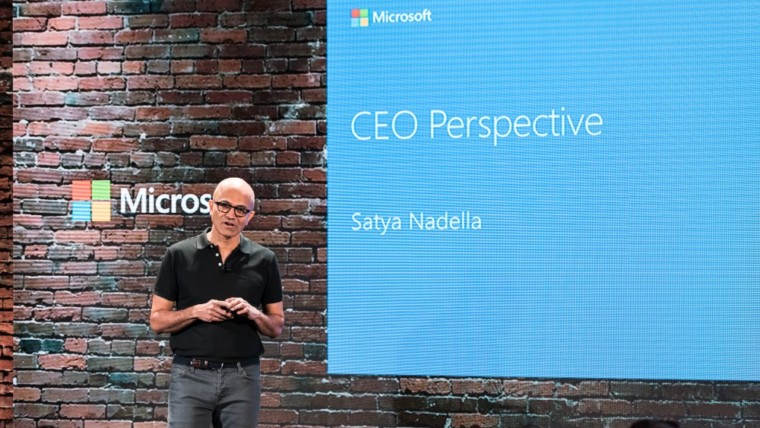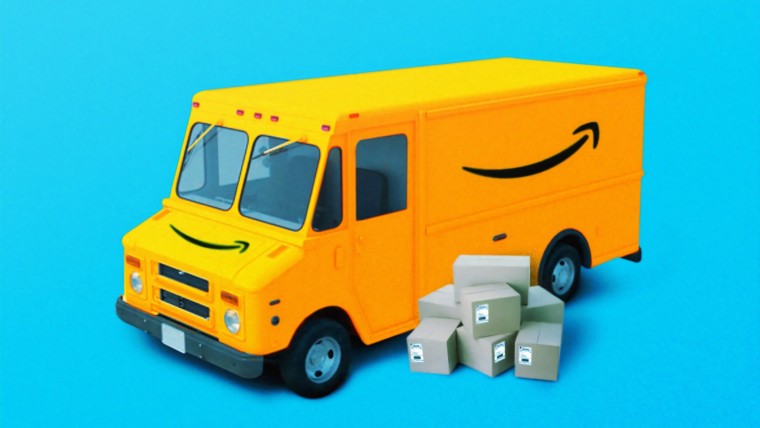In his 2016 annual letter to shareholders, Jeff Bezos reflected on the culture at Amazon and how they must avoid becoming more risk averse and slower as they continue to scale:
We want to be a large company that’s also an invention machine. We want to combine the extraordinary customer-serving capabilities that are enabled by size with the speed of movement, nimbleness, and risk-acceptance mentality normally associated with entrepreneurial start-ups.
Can we do it? I’m optimistic. We have a good start on it, and I think our culture puts us in a position to achieve the goal. But I don’t think it’ll be easy. There are some subtle traps that even high-performing large organizations can fall into as a matter of course, and we’ll have to learn as an institution how to guard against them. One common pitfall for large organizations – one that hurts speed and inventiveness – is “one-size-fits-all” decision making.
Some decisions are consequential and irreversible or nearly irreversible – one-way doors – and these decisions must be made methodically, carefully, slowly, with great deliberation and consultation. If you walk through and don’t like what you see on the other side, you can’t get back to where you were before. We can call these Type 1 decisions. But most decisions aren’t like that – they are changeable, reversible – they’re two-way doors. If you’ve made a suboptimal Type 2 decision, you don’t have to live with the consequences for that long. You can reopen the door and go back through. Type 2 decisions can and should be made quickly by high judgment individuals or small groups.
As organizations get larger, there seems to be a tendency to use the heavy-weight Type 1 decision-making process on most decisions, including many Type 2 decisions. The end result of this is slowness, unthoughtful risk aversion, failure to experiment sufficiently, and consequently diminished invention. We’ll have to figure out how to fight that tendency.
Type 1 decisions, irreversible or nearly irreversible choices, demand extensive care and consideration–and likely a decision arrived at by thoughtful consensus. Type 2 decisions, which are reversible, can be executed through a much faster consent-based framework.








The Evolutionary Edge
Every Link Ever from Our Newsletter
Why Self-Organizing is So Hard
Welcome to the Era of the Empowered Employee
The Power of “What If?” and “Why Not?”
An Adaptive Approach to the Strategic Planning Process
Why Culture/Market Fit Is More Important than Product/Market Fit
Group Decision Making Model: How to Make Better Decisions as a Team